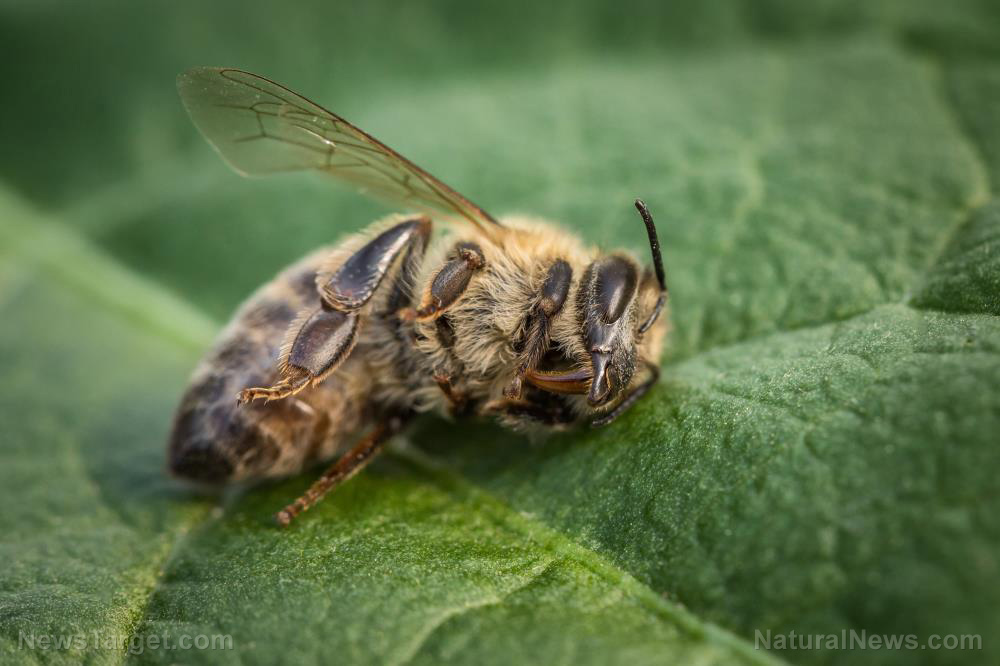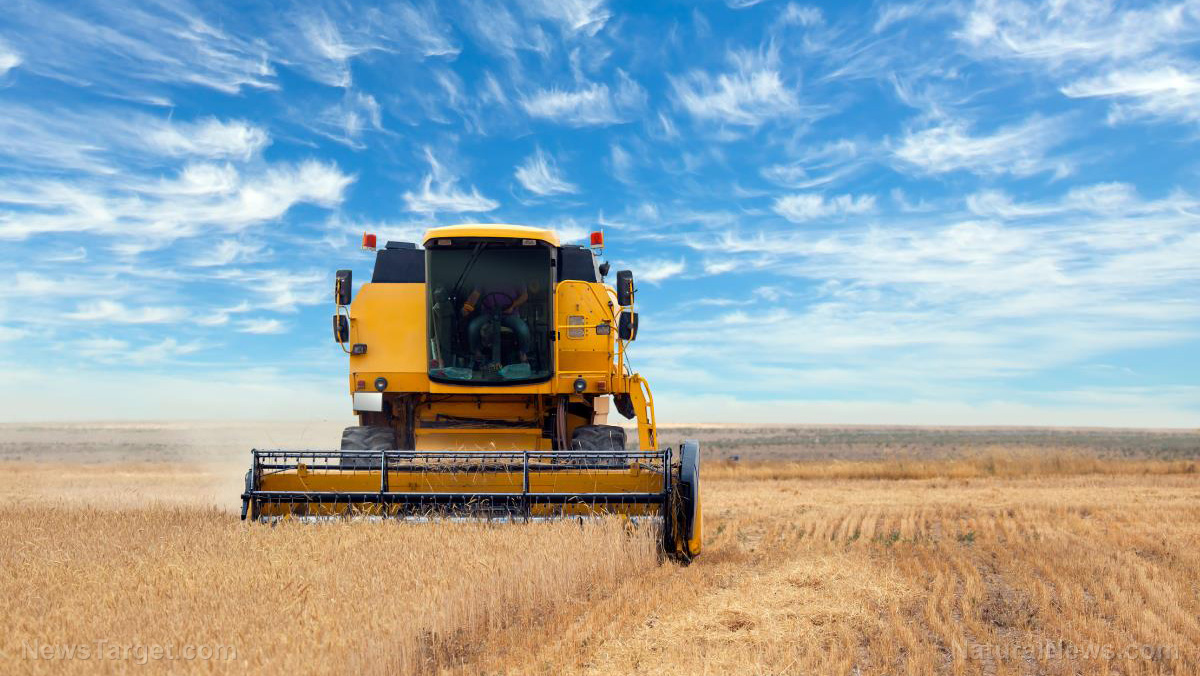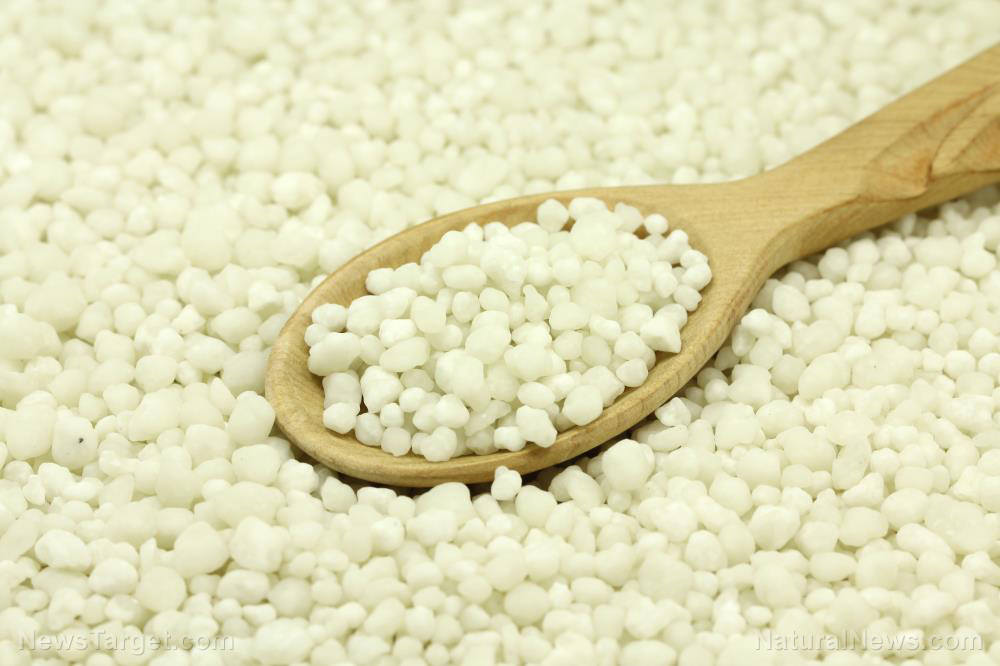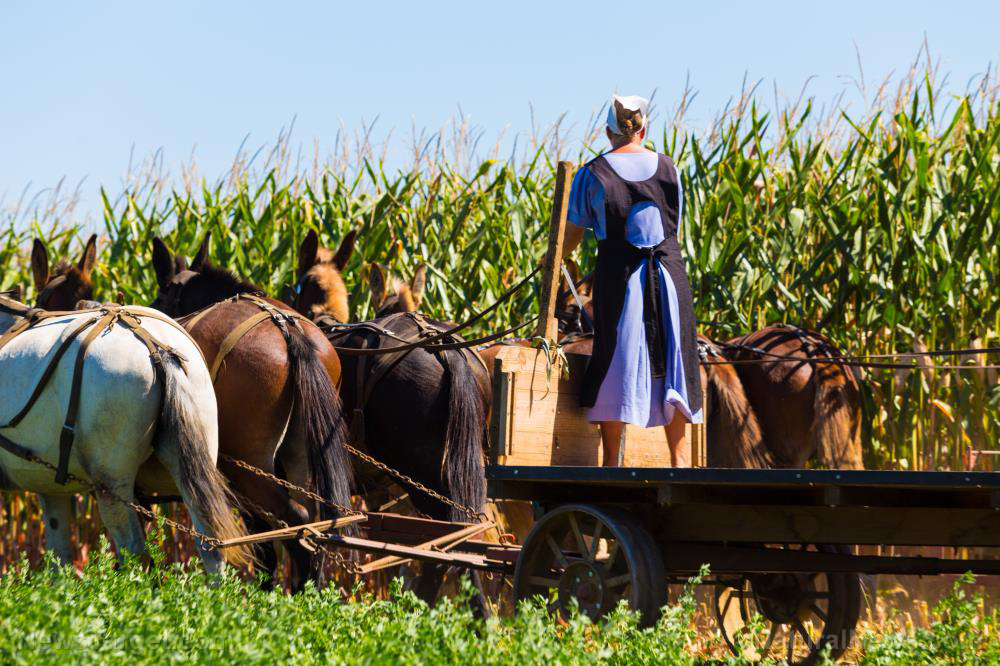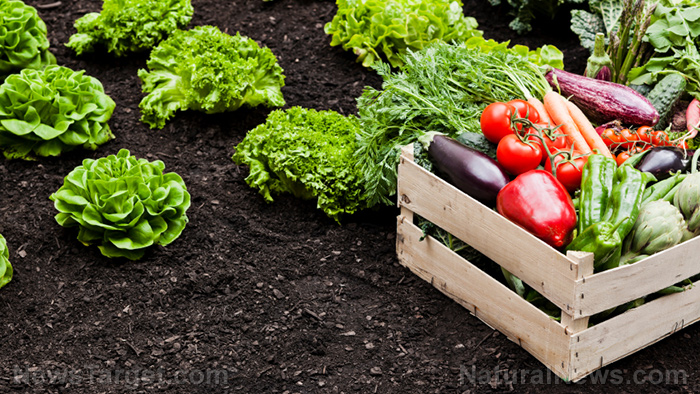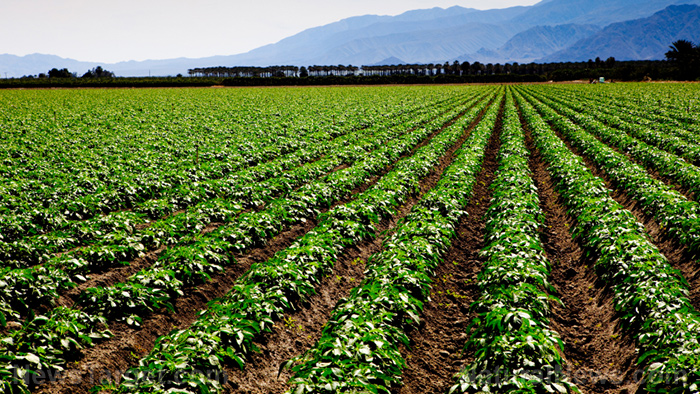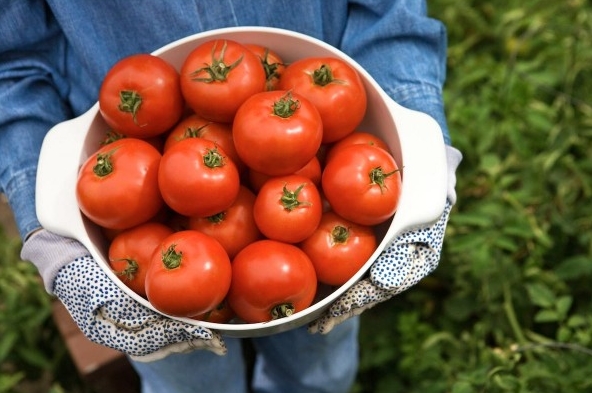USDA announces $500 million stimulus program to boost domestic fertilizer production
10/12/2022 / By Arsenio Toledo
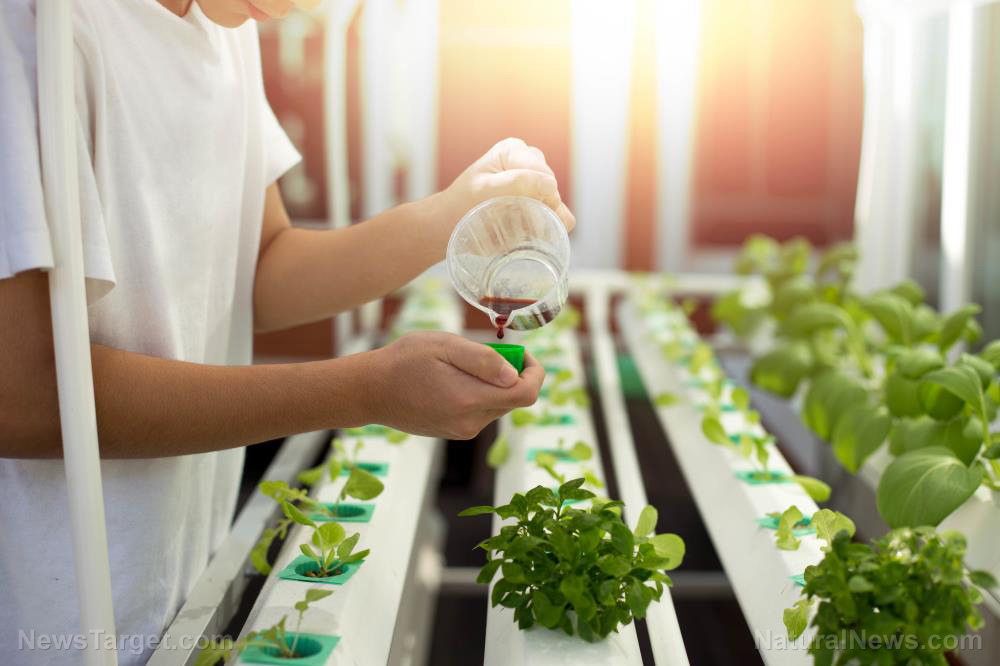
The administration of President Joe Biden has announced a $500 million grant to stimulate domestic fertilizer production.
Agriculture Secretary Tom Vilsack unveiled the program late last month. It is called the Fertilizer Production Expansion Program.
Under the new program, grants will be issued to support “independent, innovative and sustainable American fertilizer production” meant to supply American farmers with domestically-made and relatively cheap fertilizer. The goal is to expand the manufacturing and processing capacity for fertilizer and nutrient alternatives in the 50 states and America’s territories.
“Recent supply chain disruptions have shown just how critical it is to invest in the agricultural supply chain here at home,” said Vilsack. “USDA [U.S. Department of Agriculture] believes in the growth of innovative, local businesses owned and shared by people who can best serve their own unique community’s needs, fill gaps and build opportunities.”
This new program comes several months after the USDA announced a plan to make $250 million available to push for more American-made fertilizer. The money for the program will be drawn from the Commodity Credit Corporation, a government-owned company meant to support farmer income and operating costs.
Grant holders will be given a minimum of $1 million and a maximum of $100 million. Each grant term will last only five years.
“‘Increase domestic production of fertilizer’ – that is not a phrase we have ever heard from the federal government,” said Emerson Nafziger, an agronomist and crop specialist with the University of Illinois Extension.
While Nafziger is interested in seeing the results of the USDA’s program, he is still skeptical and is interested to hear what other agriculture policy watchers and experts have to say about the effort.
Industry expert: $500M grant money may not be enough
Other agriculture experts had similar sentiments. Corey Rosenbusch, president and CEO of The Fertilizer Institute, noted the $500 million grant money is very small. “A nitrogen plant can cost between $2 to $4 billion to construct,” he said. But he added that any amount that can strengthen domestic fertilizer production will be beneficial for the industry.
Nafziger said the main concerns of farmers right now are the high prices for nitrogen, phosphorus and potassium fertilizers – and the lack of available global supply.
“It is a new world in terms of prices and availability of fertilizers in particular,” he said. “That is what people are thinking about this fall.”
In 2021, when fertilizer supply was yet to be affected by the supply chain crisis, the U.S. imported $262.6 million worth of urea ammonium nitrate fertilizers from Russia. The economic sanctions placed upon Russia following its invasion of Ukraine has made Russian fertilizer virtually disappear from the global market.
Other major exporters of fertilizer to the U.S. have struggled to keep up with demand.
“It’s a frustrating situation for individual farmers because they need to make an effort to see if they can get all the fertilizer that they need,” said Nafziger. He added that many farmers he has spoken with have been told by vendors to buy as much fertilizer as they can now because nobody knows what the price situation will be by next spring.
“Most people got most of what they had hoped to get,” said Nafziger, admitting that price, not supply, was the main issue of American farmers.
Learn more about the fertilizer supply situation in America at FertilizerWatch.com.
Watch this episode of the “Health Ranger Report” as Mike Adams, the Health Ranger, discusses how Hurricane Ian obliterated North American fertilizer production.
This video is from the Health Ranger Report channel on Brighteon.com.
More related articles:
USDA launches $500 million grant program for domestic fertilizer production.
FAMINE AHEAD: High fertilizer prices could cause global grain production to PLUMMET by 40%.
Sources include:
Submit a correction >>
Tagged Under:
agriculture, big government, crops, fertilizer production, fertilizer supply, harvest, inflation, Nitrogen, organic farming, phosphorus, potassium, rationing, scarcity, stimulus, supply chain, USDA
This article may contain statements that reflect the opinion of the author
RECENT NEWS & ARTICLES
OrganicFarming.News is a fact-based public education website published by Organic Farming News Features, LLC.
All content copyright © 2018 by Organic Farming News Features, LLC.
Contact Us with Tips or Corrections
All trademarks, registered trademarks and servicemarks mentioned on this site are the property of their respective owners.



